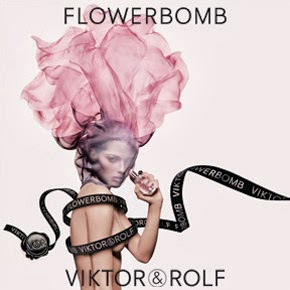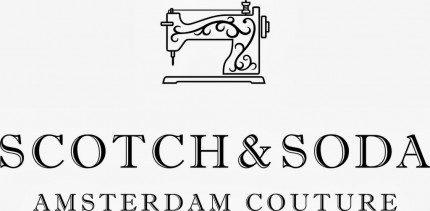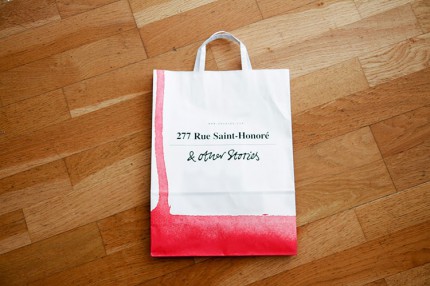Gianluca Billo, Managing Director of Nomen Italy, tells us about the macro naming trends in fashion in his column “Naming Trends” in the Pubbico Today.
The fashion world has developed, over time, two major naming trends, identifiable with two well-defined types. The more traditional brand made ??of a name + surname (or surname only) is reminiscent of high fashion and has become a genre, a code: name and surname of the creator, designer, entrepreneur, reference to the house. Whereas brands directed to the prêt-à-porter, or casual wear, tend to carry ‘fancier’ names.
With regards to this second type of naming, nowadays the trend is to decidedly favour long, English-sounding names consisting of two or more words, sometimes real phrases. Those names are constructed by combining several nouns that create new meanings – often improbable – and stimulate the free association of ideas, such as Citizens of Humanity, Save the Duck (brand of “down jackets” without feathers) or 7 For All Mankind (referred to as “Sevens” for those working in the field).
Another “construction” or recurrent combination is based on the use of the “&”: either alongside letters, such as H & M and D & G ; or in a more expanded form – there are many brands that use “&” to join two names (or surnames), like Alice & Olivia, Zadig & Voltaire, Viktor & Rolf, Paul & Joe, Antoni & Alison.
Furthermore, the “&” is also used in phrases which use words from the Anglo-Saxon language, such as Scotch & Soda and Kettle & Kotch. Sometimes with a recognizable meaning for those who do not speak English, sometimes with a more obscure or provocative meaning, such as Rag & Bone (“rag”).
Finally there are those who use the “&” at the beginning, not as a conjunction but as an “open discourse”: for example “& Other Stories”, the recent brand created by H & M, and a name particularly noticeable from a syntactic point of view.
What is true for international brands also stands for Italy: brand names can be created using English-sounding words or a mix of languages, such as Route Des Garden and Sweet Rosee. The combination is intriguing, full of potential, and reflects a mix of cultures that results in the juxtaposition of styles and different stimuli, complementary or antinomic. The naming follows the idea of “mix & match” which has been widespread in clothing for several years, the expression of an urban and nomadic culture, which selects its leaders by mixing genres and different origins to create styles that are always original and personal.
Customization and distinction then become a necessity as we began to approach certain numbers: almost 623 000 trademarks registered in Italy in Class 25, the one related to clothing, shoes and accessories. One of the busiest classes of goods is the one dedicated to the products, second in size only after the one that concerns technology with more than 938,000 trademarks. Faced with these figures, today’s challenge is to invent new forms of language, new sounds, new combinations, to stimulate the interest (and memory) of consumers.




